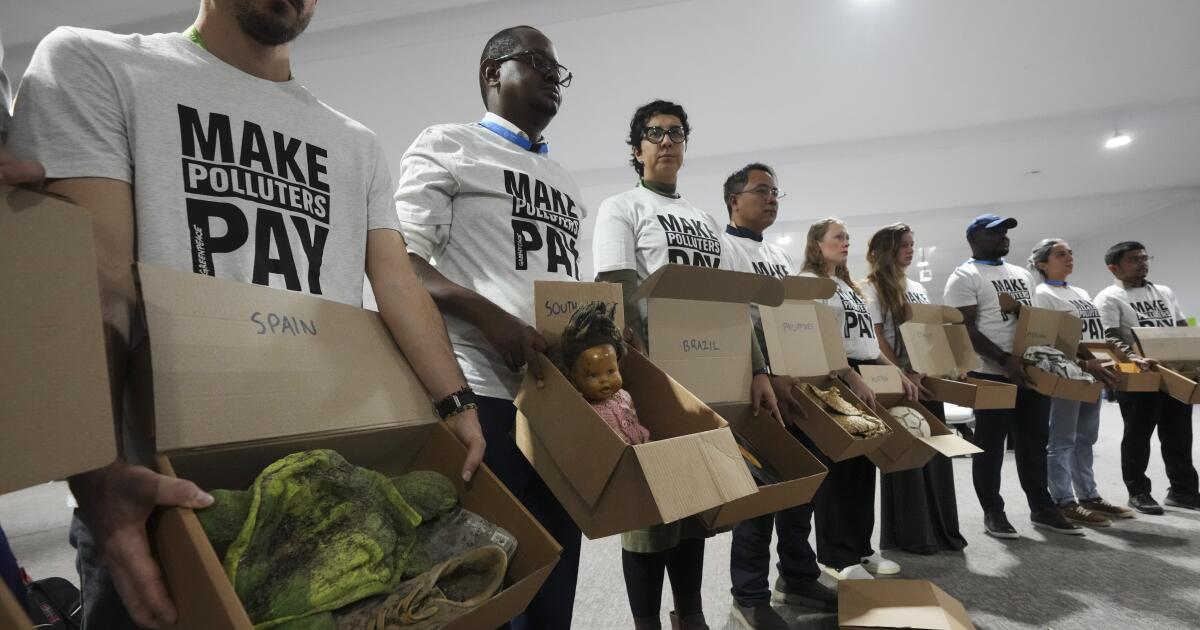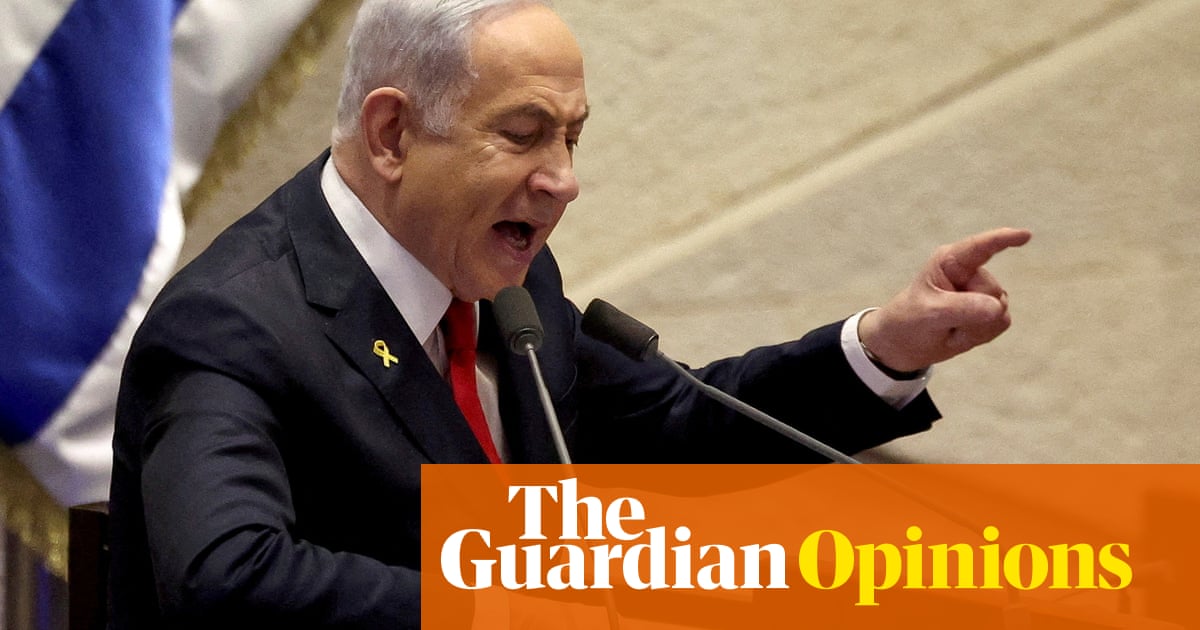Before couples embark on the emotional and often daunting path of fertility treatments — which involves hormone therapies, egg retrieval, fertilization, and ideally, a baby at the end of the journey — there’s an oft-overlooked yet critical step: paperwork. Right at the beginning, prospective parents face forms asking them to decide the future of embryos that are not used during their fertility process. Three couples, the LePage, Fonde, and Aysenne families, who underwent these treatments from 2013 to 2016 at the Center for Reproductive Medicine in Mobile, Alabama, had to fill out these contracts.
Years later, the clinic indicated that one family had opted to donate leftover embryos for scientific research, another elected to destroy any embryos frozen beyond five years, and the third indicated that embryos not suitable for reproduction could be used in research before being disposed of. It was unclear whether these families ever really intended for all of their embryos to result in a birth.
However, these plans became irrelevant when, in December 2020, a hospital patient stumbled into an unsecured room where the families’ embryos were stored, picked one up, but quickly dropped it due to the intense cold. By February 2024, the Alabama Supreme Court had declared these embryos “extrauterine children,” paving the way for the families to sue the fertility clinic under the state’s 1872 Wrongful Death of a Minor Act. Over the years as the case wended its way through the Alabama courts, these embryos transformed from entities that could be researched or discarded to being considered, according to the court, equivalent to minor children.
This decision achieved what anti-abortion activists had long sought: clear recognition of embryos as persons. Yet, this legal declaration posed an immediate threat to in vitro fertilization (IVF) practices across the state, throwing clinics and patients into a frenzy over what kind of legal responsibility clinics now held over these embryos — now legally regarded as children. As one dissenting justice pointed out, “No rational medical provider would continue creating and freezing embryos with the risk of a wrongful death suit looming overhead.” Clinics swiftly canceled scheduled embryo transfers, with some pausing operations altogether. At least one major embryo shipping service announced it would halt all shipments to the state.
Anxious and overwhelmed by the Alabama ruling, Ani Saakyan and her husband made the hurried decision to destroy their six remaining embryos. Their daughter, born via IVF, was just seven months old when the ruling came down. “I feel like I destroyed them before I was ready,” Ani confessed. Although unsure if they wanted more children, the fear left her with little choice. She also grappled with a sense of grief for taking action before she was emotionally prepared, knowing embryos aren’t the same as her living, breathing children but struggling with the societal weight of being branded a murderer by some. It was about reclaiming control in a situation where control felt like it was being taken from them.
In less than three weeks, the Alabama legislature enacted a law to shield IVF providers from both civil and criminal liabilities. Governor Kay Ivey rapidly signed the bill, despite opposition from anti-abortion groups that criticized it for failing to hold clinics accountable for potential mistakes. The law also sidestepped the ethical questions that the court ruling had sparked. Was protecting IVF indicating that embryos didn’t have full personhood? And if embryos did have full personhood, what kind of legislation would protect a business from liability for destroying what is legally considered a child? These legislative gaps laid bare the embryos’ murky moral status, defying easy categorization.
This confusion set off a cascade of mixed legislative responses nationwide. A South Carolina Democrat proposed a bill mandating insurers offer life insurance for embryos. Meanwhile, in Louisiana, a Republican drafted legislation to safeguard IVF but had to back down when fellow lawmakers demanded embryos be termed “human beings.” Louisiana law, after all, already declares a fertilized egg as “a juridical person.” Conservative activist Charlie Kirk pondered whether one should choose to save 10 embryos or three live babies from a burning building, ultimately siding with saving the embryos, citing their potential for life if properly utilized. Such controversies show no sign of easing anytime soon.
The legal entanglements associated with embryos aren’t surprising, considering how unresolved many pre-existing frameworks are. For more than a century, courts refrained from bestowing personhood or separate rights upon embryos and fetuses before birth. An 1884 decision by Oliver Wendell Holmes, a Massachusetts Supreme Court justice then, ruled that when a pregnant woman lost her fetus in a fall, she couldn’t sue the town, questioning whether a fetus that couldn’t survive independently could be considered a legally recognized person.
As embryos started appearing outside the body, courts and legislators had to evaluate their legal status in novel situations, like divorce cases where couples disagreed on handling embryos created during their marriage. The responses have been inconsistent, with some seeing embryos as property and others, like the Alabama ruling, equating them to “unborn children.”
A landmark case in this area involved a 1992 Tennessee trial between Junior Lewis Davis and Mary Sue Stowe, a divorcing couple disagreeing over their frozen embryos. The Tennessee Supreme Court ruled that embryos are neither strictly “persons” nor “property,” occupying a unique category deserving special respect because of their potential for life. Ultimately, the court sided with Mr. Davis, who wished to destroy the embryos, arguing he shouldn’t be compelled to father children against his will.
Justice Martha Craig Daughtrey elaborated on the right to reproductive autonomy, describing it as an essential part of privacy rights central to American notions of liberty: a freedom consisting of both the right to procreate and the right to avoid procreation. This right to privacy also underpinned Roe v. Wade.
Typically, embryo custody cases followed similar lines, emphasizing that parenthood shouldn’t be imposed on an unwilling individual. However, this was challenged in 2018 when Arizona passed a law directing judges to award disputed embryos to the spouse intending to allow their development to birth, disregarding pre-existing agreements. This followed a case where a court ordered a couple’s embryos be donated post-divorce per their agreement, despite the wife’s wish to use them following cancer treatment.
Denver-based Ellen Trachman, specializing in assisted-reproduction cases, anticipates judges might now favor parties who wish to conceive post-Dobbs, which eroded the privacy rights protecting decisions like Roe. She explained, “Those against conception now have a weaker stand, whereas prior it was more decisive in their favor.”
The complex legality of embryos has taken courts into convoluted legal arguments. In a 2023 Virginia case, a judge had to rule whether to award frozen embryos to Honeyhline Heidemann, who wanted to implant them, or to honor her ex-husband Jason Heidemann’s wish to keep them frozen. Ms. Heidemann argued for recognizing embryos as property, while Mr. Heidemann contended their indescribable uniqueness meant they couldn’t be treated as personal property.
As Leah Libresco Sargeant wrote, this situation turned embryos into “Schrödinger’s persons,” resulting in a peculiar scenario of one parent needing to argue for the embryos as persons to prevent birth and the other making the property argument to allow it. Judge Richard Gardiner finally judged that “as there isn’t a law against selling human embryos, they can be valued and sold,” drawing on outdated slavery-era codes, sparking controversy. Another judge soon rejected the reasoning, calling it a “strained construction.”
Across the country in Oregon, an agreement over dividing embryos sparked a contentious debate on parental rights. Cory Sause, the genetic mother, had agreed with Jordan Schnitzer, the genetic father, during IVF that he would receive all male embryos. However, post-birth of their son via surrogate, Ms. Sause sought parental rights. She claimed that although she signed away custodial rights over male embryos, she expected to be involved with any resulting child. With the disagreement stretching over years, the child at the center of the case, now nine, remains caught in legal limbo.
In Texas, following the Roe reversal, Caroline Antoun cited the Dobbs decision in her divorce case to void a contract designating her ex, Gaby Antoun, as the recipient of their frozen embryos. Her lawyers argued that Texas’s forthcoming abortion ban would change embryos’ status to people. They called for the embryos to have court-appointed guardians and a custody decision based on their best interests, not merely the pre-existing contract favoring Mr. Antoun.
However, the court ruled otherwise, granting Ms. Antoun primary custody of their twins conceived through IVF while awarding the remaining embryos to Mr. Antoun as marital property during the divorce. He would also receive a car and a TV; she, another car and their king-size bed frame. This division emphasized that neither party had envisioned divorce when originally agreeing that he would get the embryos.
While Ms. Antoun planned to appeal, feeling that considering embryos as property conflicted with Texas’ evolving public policy post-Dobbs, the Texas Supreme Court declined to hear her case. Although still litigating through media, she emphasizes harm arising from treating embryos as property and argues parents should decide what’s best for their families. “While they’re property, you can’t do that,” she asserts.
Historically, anti-abortion entities have sought to use private embryo disputes to establish embryos as full legal persons. Yet, post-Alabama Supreme Court’s decision, individuals in the embryo adoption circle found their mission became harder. Some were even misinterpreting basic biology, noted Dr. Jeffrey Keenan, who leads an extensive embryo adoption program, emphasizing most embryos, naturally or through IVF, don’t result in babies. These ruling complexities are ironic, given the small percentage that even nature allows to become children.
Further complicating the situation, speculative uses for embryonic personhood emerged: Legal expert Michele Goodwin noted that this concept could imply that an undocumented pregnant woman’s embryos have citizenship rights, though current political climates make such notions unlikely.
Ms. Goodwin, who wrote “Policing the Womb,” observed that granting full rights to embryos and fetuses could open liability avenues for other entities in situations where pregnancies falter — from environmental polluters to negligent landlords.
Such questions arose in a South Korean case where a fetus, a mere 20 weeks old, was plaintiff in a lawsuit advocating for stronger climate change actions. Interestingly, he won the case amidst international attention.
The legal and ethical scenarios involving embryos are pointing toward discrepancies in U.S. laws and ethics, likely becoming more relevant as numerous couples undergo IVF annually and many more face divorces. Clinic errors and procedural failures continue, prompting legal battles over embryos in poorly defined legal frameworks.
Experts like Dov Fox and Jill Wieber Lens advocate for context-based justice in reproductive loss cases, noting juries should assess subjective experiences, pointing out varying perceptions — child, baby, pregnancy, or property — matter.
Similarly, Canadian bioethicist Françoise Baylis has argued for a sui generis category for embryos — a unique legal classification acknowledging their complex sociocultural value. This approach would allow for considering individual circumstances in any ethical, social, or legal challenges.
However, such nuanced discussions are often absent amid the politicized U.S. debates. Abortion arguments frequently overshadow meaningful dialogues about embryo status, limiting progress and leaving IVF in a regulatory gray zone since its inception.
Despite limited national discourse since the 1970s/80s, when IVF emerged, the current legal climate seems disjointed — governed by inconsistent regulation, unpredictable court decisions, and conflicting policymaker and thought leader statements.
Separating discussions on embryos from other reproductive rights, considering technological advancements, can lead to different dialogues and principles emerging in response, reflecting the differences between embryo care and gestational carriers.
Generally, democratic processes should enable society to reach satisfactory, albeit imperfect, conclusions allowing diverse opinions. Unfortunately, the current legal climate and anti-abortion strategies seem to curtail such discussions.
Advocates for embryonic personhood, as Ben Hurlbut notes, have, in recent decades, shifted focus from swaying public opinion with scientific arguments to leveraging political and judicial power.
Lack of open dialogue risks a future where embryo governance falls either under religious conservatives ruling from the bench or profit-motivated optimists adopting new technological approaches without broad consultation.
During this reporting project, talking to numerous individuals, it’s startling but enlightening to recognize embryos not merely as biological constructs but as unique entities teaching us much about ourselves if we’re open to good-faith probing.
Choosing what to do with embryos is a decision confrontations make regularly, typically with an annual storage bill arrival. Yet engaging with broader perspectives and stories encourages humility and reflection beyond instinctive reactions.
In Britain, dialogues begun over 40 years ago with the Warnock Committee’s recommendations fostered a model of public engagement and trust. Recently, leading voices in the UK embryo realm convened again to consider the implications of an embryo’s special status.
However, unlike the UK’s ongoing engagement, the U.S. political landscape shows little sign of pursuing lengthy, nuanced conversations needed to understand embryos within broader scientific and cultural frames.
Multi-faceted discussions, driven by understanding and science literacy, could indeed transform embryo conversations, granting societies protocols aligned with contemporary values and technologies.
Presently, amid convoluted legalities and disparate perspectives, there’s no simple consensus on what embryos signify. Yet dialogues grounded in diverse experiences offer a chance for understanding, leading to more comprehensive societal protocols.
Amid the gray zones of embryonic personhood and diverse ethical considerations, our readiness to engage deeply and cross-dialogically could foster more coherent and humane responses for all stakeholders involved.

















